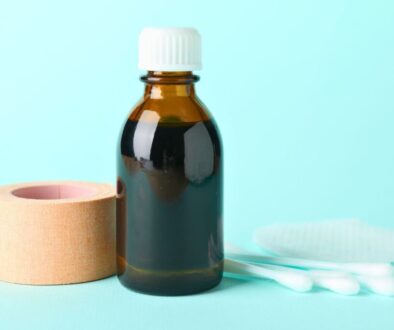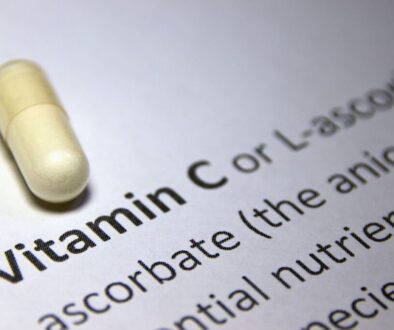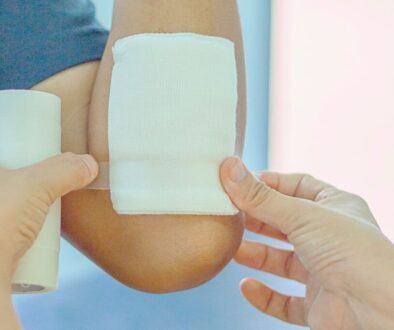Essential Tips For Diabetic Wound Care And Foot Ulcers
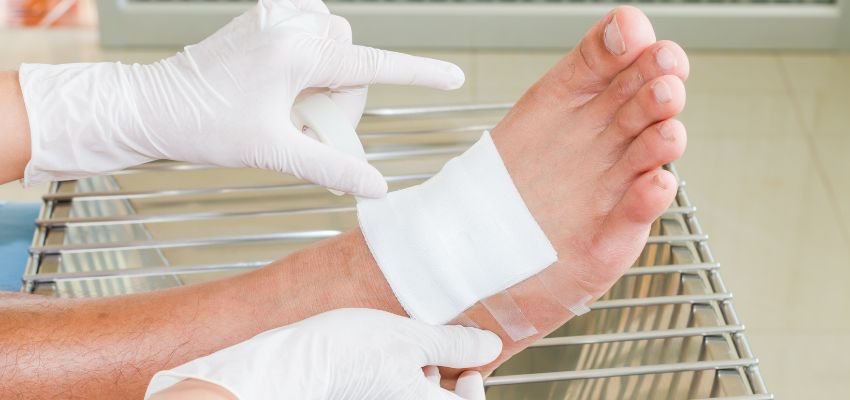
Important Management Tips For Diabetic Foot Wounds
Proper management of diabetic foot wounds is crucial. It helps prevent complications and promotes healing. Prompt care and intervention can significantly reduce the likelihood of infection and other serious issues.
Here are essential management tips for individuals with diabetes:
Keep The Wound Covered And Moist
The outdated belief that wounds heal better when exposed to air is incorrect. Keeping a wound moist and covered is more beneficial. A damp environment under a protective bandage helps new skin cells grow. It also prevents the wound from drying out, which can increase pain. If the wound has excessive drainage, it’s best to use a more absorbent dressing.
A simple bandage and antibiotic ointment are usually sufficient for a fresh scrape or cut. However, if the wound is infected, healing slowly, or severe, it’s essential to consult a doctor for the best wound care options. The doctor may recommend different types of dressings for diabetic wounds. These dressings help protect the injury and promote effective healing.
Common types of dressings for managing wounds in diabetic patients:
- Foam dressings. These dressings are soft and absorbent and designed for excessive discharge wounds. They feature additional cushioning to safeguard the wound from physical harm.
- Alginate dressing. These dressings are primarily made from seaweed. Seaweed can retain moisture up to twenty times its weight, making it ideal for deep wounds and those with discharge. They also help prevent the growth of new bacteria.
- Hydrogel dressings. These dressings contain hydrogel, a water-based gel that delivers moisture to wounds. This dressing is ideal for dry wounds or those with dead skin. It improves hydration, breaks down necrotic tissue, and promotes cell growth.
DonorCure’s amniotic allograft treatments could be an ideal solution for diabetic foot wounds. These wound care coverings aid natural healing, provide a supportive matrix for tissue regeneration, and act as a protective barrier. This approach accelerates the healing process and minimizes the risk of infection.
Closely Monitor Blood Sugar Levels
Carefully monitoring blood sugar levels is vital for effective wound healing. Elevated blood glucose can hinder white blood cell function, which is crucial for fighting infections and repairing tissues. Additionally, high sugar levels can cause small blood vessel disease, which limits blood flow to wounds and obstructs the healing process.
Reduce The Pressure On Your Foot
Relieving pressure from the affected foot, or “off-loading,” is essential for healing diabetic foot ulcers. Just as newly planted grass needs care to thrive, foot wounds require minimal pressure to heal correctly. This may involve using specialized footwear or crutches. You might also need to reduce the weight on your feet. These steps can help prevent further irritation of the wound.
Preventing Diabetic Wounds
Preventing foot wounds is essential for individuals with diabetes to uphold their health and avoid serious complications. Here are some practical tips to help you care for your feet and reduce the risk of wounds:
- Manage blood sugar levels. It’s crucial to keep your blood sugar within the normal range. It helps reduce the risk of neuropathy and circulation issues. Stable blood sugar also supports a robust immune system.
- Proper foot care. Start with daily inspections for cuts, blisters, or sores; use a mirror for the bottoms, or ask for help if needed. Clean your feet daily with lukewarm water. Dry them thoroughly, especially between the toes. Apply moisturizer to keep the skin soft, but avoid the areas between the toes. For toenail care, trim nails straight across and file the edges to prevent ingrown nails. Wear properly fitting shoes with a spacious toe box and avoid walking barefoot. Select socks that keep your feet dry, steering clear of tight bands and thick seams.
- Healthy diet. A healthy diet is essential for recovery. It focuses on adequate protein intake to support tissue repair and wound healing. Fruits and vegetables packed with vitamins A and C are also necessary. Citrus fruits, leafy greens, and bell peppers are great options. They help enhance overall health.
- Stay active. Regular exercise improves circulation, reduces inflammation, and regulates blood sugar levels. Go for activities that are gentle on your feet.
- Avoid smoking. Smoking impairs blood flow and depletes the oxygen and nutrients vital for wound healing. Quitting can significantly enhance your overall health and healing capacity.
- Early detection and treatment. Promptly address any new cuts, scrapes, or blisters. Cleanse the wound, apply antibiotic ointment, and cover it with a sterile bandage. Regularly monitor for signs of infection, such as redness, swelling, or pus.
Follow these guidelines to lower the likelihood of diabetic foot wounds and ensure speedy healing. If you see signs of infection or if a wound doesn’t heal within a few weeks, seek medical help promptly.
Take Charge Of Your Diabetic Foot Health
Diabetic foot wounds and ulcers pose significant health risks. However, complications can be effectively managed and reduced with appropriate care and preventive measures. To maintain optimal foot health for individuals with diabetes, several essential steps must be taken. Take control of your foot health today—your feet will be grateful!
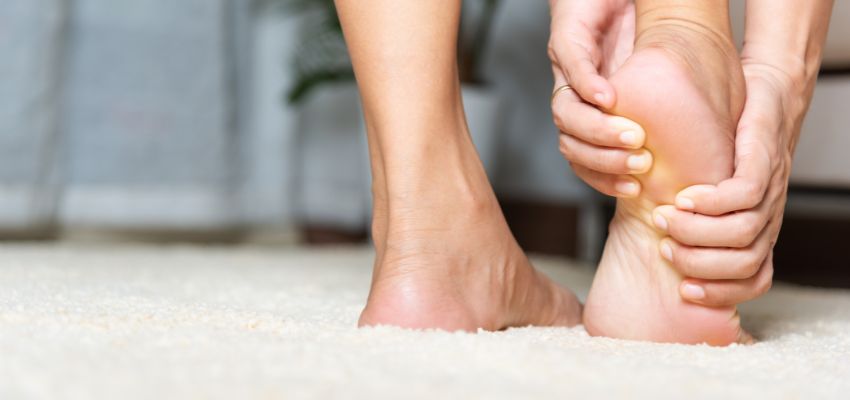
Take Charge Of Your Diabetic Foot Health
Diabetic foot wounds and ulcers pose significant health risks. However, complications can be effectively managed and reduced with appropriate care and preventive measures. To maintain optimal foot health for individuals with diabetes, several essential steps must be taken. Take control of your foot health today—your feet will be grateful!
Heal Ulcers, Burns, & Surgery Wounds With Break-Through Amniotic Allograft Treatments
Experience the future of wound care with our advanced amniotic allograft treatments. Say goodbye to slow healing. Our innovative solutions promote faster recovery from pressure wounds, ulcers, burns, and surgical wounds. Trust the power of science for your healing journey. Regain your comfort and health today! See if you are eligible for treatment here.

About The Author
Corinne Grace is a full-time writer living in the Philippines. She has a nursing degree from Riverside College. Her background in nursing informs her perspective, allowing her to weave in themes of health, empathy, and resilience into her work.

